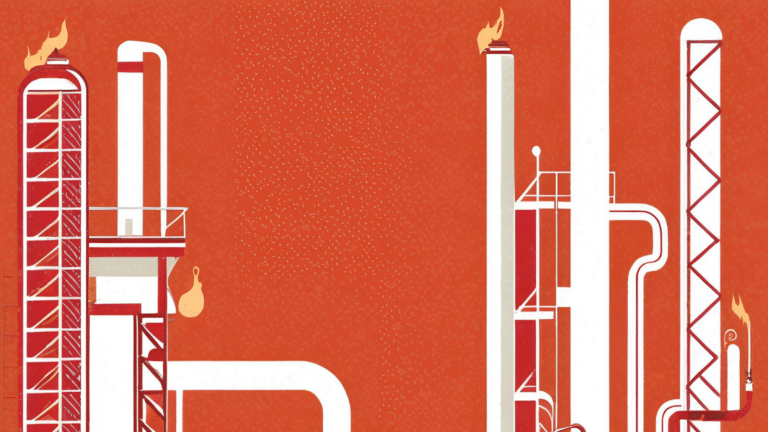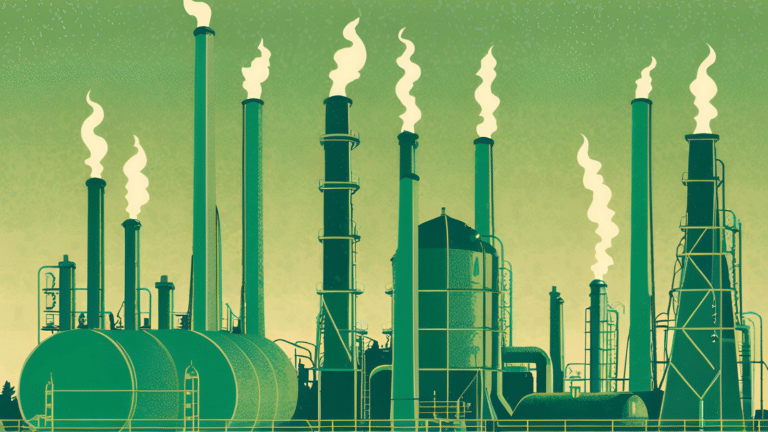The state of oil and natural-gas markets could be a boon for environmentalists as Donald Trump prepares for his assault on President Obama’s policies.
The president-elect is poised to attack drilling restrictions and climate-change rules that target coal-fired power generation, among many other targets.
Industry groups have begun urging Trump’s team to take on a wide array of specific Obama administration rules and decisions. There will be losses for the green movement.
But in some fights at least, the oil markets and the glut of relatively cheap domestic gas could help provide de facto protections that Democrats and environmentalists no longer have the political muscle to require.
Take drilling rights: Obama’s latest offshore plans would prevent auction of leases off both coasts and in the Arctic Ocean and through 2022, and he’s under pressure from the Left to try and impose permanent protections.
Let’s say Trump sells new leases and dismantles Interior Department environmental restrictions in the Arctic, a biologically vital area that green activists hope to protect.
OPEC’s new decision to pare back production by 1.2 million barrels per day is likely to help tighten saturated oil markets enough to push prices upward—if the cartel follows through.
Higher prices are slated to boost onshore U.S. shale oil (the stuff tapped by fracking), which was hit by the mid-2014 price collapse that followed years of surging output. U.S. production in 2016 is averaging about 500,000 barrels per day less in 2016 than 2015, according to federal data.
“If the agreement contributes to prices rising above $50 [per barrel] in the coming months, it could encourage a return to supply growth in U.S. tight oil more quickly than currently expected,” the Energy Information Administration said in a report Tuesday, predicting prices would climb from an average of $43 this year to slightly over $50 in 2017.
But analysts don’t see oil prices rising nearly enough in the next few years to revive industry interest in pursuing hugely expensive U.S. Arctic Ocean projects, despite the massive hydrocarbon pools that may underlie the frigid seas off Alaska’s northern coast.
That’s especially true after Royal Dutch Shell’s years-long, multibillion-dollar Arctic debacle, in which the oil giant had a series of costly mishaps, didn’t find nearly enough oil to justify more drilling, and threw in the towel in the fall of 2015.
Veteran analyst Guy Caruso of the Center for Strategic and International Studies sees crude-oil prices recovering into the $60-$70-per-barrel range over the next 18 months to five years.
That’s enough to revive the boom in shale oil, which began pushing U.S. crude production sharply upward around 2009, largely on private and state lands in North Dakota and Texas, before falling after the oil-price collapse.
And there might be more deepwater action in the Gulf of Mexico, a region where there’s already heavy development, Caruso said. But the Arctic? “I’m not all that bullish about, even if it becomes available, companies rushing to do much in the Arctic,” said Caruso, who headed EIA under President George W. Bush.
Jason Bordoff, the founding director of Columbia University’s Center on Global Energy Policy, said that overall, opening up more federal lands and waters is unlikely to have a big effect.
“I don’t think that would dramatically change the amount of investment we could see in the U.S. oil sector or U.S. oil production in the current market conditions,” said Bordoff, who was previously a senior White House energy aide under Obama.
One environmentalist says markets are in a sweet spot of sorts.
“I think that the new ‘hover’ price for oil [between $45 and $55] is proving very beneficial, in a ‘Goldilocks’ way, to the climate movement,” said Brett Fleishman of the climate-advocacy group 350.org. “Oil prices aren’t so low that they have stifled the momentum of alternative energy and transportation significantly, but they are low enough to apply break-back financial stress in the industry.”
Elsewhere, a huge battle is looming over Trump’s vow to revive the fortunes of the U.S. coal industry.
The fracking-fueled boom in U.S. gas production, which sent prices for the fuel downward, has been tough on the coal industry, helping to knock coal’s share of U.S power generation down to around a third.
The growth of renewable power sources, and various Obama administration rules and policies targeting mercury, soot and smog, greenhouse gases, and mining access have put further pressure on the coal industry.
“I personally think that is going to be the hardest part of [Trump’s] agenda to pull off, is bringing back coal,” Caruso said.
And Trump has also vowed to ease rules that limit gas production, in effect pledging to boost coal’s most effective competitor even as he seeks to revive coal’s fortunes.
Bordoff said that Trump may be able to slow coal’s decline. But the primary forces behind it—shale gas but also falling renewables costs and soft Asian demand—will exert their will. “I don’t think you can reverse the decline of the coal industry that we have seen for quite a while,” said Bordoff.
Caruso is unconvinced that coal is slated for a major rebound even if Obama’s regulations are unwound, including the Clean Power Plan, which imposes carbon-emissions limits on power plants. The rule is tied up in court, but the Trump administration is expected to dismantle it.
“Even if he manages to ease up on some of the regulations and scrap the Clean Power Plan, still, gas is going to have the market advantage and some states are still going to be imposing carbon restrictions,” Caruso said. “Not a lot of the coal-producing states are in that category, but where are they going to sell the stuff?”






